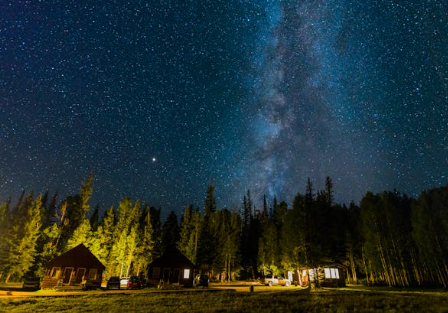
The idea of venturing into space has long captured human imagination. For most of the 20th century, space was a domain reserved for government astronauts, scientists, and engineers—those trained through intense programs and backed by public funding. But as private companies have entered the picture, the landscape has begun to change. No longer limited to state-sponsored missions, space is now being offered—at a steep price—to civilians. But is this shift a sign of a growing industry with broad potential, or simply a niche market fueled by extreme wealth?

A Playground for the Wealthy?
At present, the evidence leans heavily toward exclusivity. Tickets for a seat aboard a private spacecraft range from $250,000 for suborbital flights to tens of millions for extended orbital trips. Companies like Blue Origin, Virgin Galactic, and SpaceX have all hosted private individuals, most of them high-net-worth entrepreneurs, celebrities, or paying customers sponsored by corporations.
These high-profile missions—often livestreamed and heavily marketed—generate a lot of public attention. But the actual accessibility of space tourism remains distant for the average person. In the same way that early air travel in the 1920s was a luxury, early space travel is a privilege available only to a few. Critics argue that this reinforces inequality and diverts resources from more pressing global issues.
Supporters counter that high prices are a necessary step in the lifecycle of any new technology. They argue that what starts as a premium service can evolve into something more accessible over time, as companies scale up, find efficiencies, and create new markets.
The Business Model: Beyond Just Trips
To understand whether space tourism can mature into a real industry, it helps to look at the business models being developed. Virgin Galactic offers short, suborbital flights that provide a few minutes of weightlessness and panoramic views of Earth. Blue Origin offers a similar experience but with a fully automated system. SpaceX, meanwhile, has moved far ahead with multi-day orbital missions, and plans for space station visits and lunar missions are already being discussed.
Beyond joyrides, there are related services being bundled into the idea of space tourism. These include astronaut training experiences, space-themed hotels (still conceptual), and scientific partnerships that piggyback on tourist flights. Some companies are also investing in orbital infrastructure that could one day serve as hotels, labs, or commercial hubs.
Still, the economic viability of these ventures is uncertain. The fixed costs are massive—rockets, infrastructure, insurance, regulatory compliance—and demand remains speculative. While interest is high, how many people are willing to pay millions for a trip to space, and how often can such trips realistically occur?

Regulation and Safety
As with any emerging field, regulation will play a central role in shaping space tourism. Agencies like the FAA and international bodies are tasked with overseeing safety, traffic management, and liability. The relative novelty of civilian spaceflight means that regulatory frameworks are still evolving.
Any major incident—whether a crash, health emergency, or political dispute—could rapidly alter the public’s perception and the pace of development. This adds another layer of complexity for operators trying to expand.
Environmental Questions
The environmental impact of frequent rocket launches is increasingly drawing attention. Rockets burn a lot of fuel and release emissions into the upper atmosphere, where the effects can linger longer than ground-based pollution. As space tourism scales up, these impacts may become harder to ignore.
Some firms have announced goals to reduce their environmental footprint or use cleaner fuels. However, whether these efforts will be sufficient, or whether they’re more about optics than measurable results, remains to be seen.
Cultural and Psychological Value
Despite the barriers and controversies, space tourism offers something that’s hard to quantify: perspective. Astronauts often speak of the “overview effect”—a shift in consciousness when viewing Earth from space. Some civilians who’ve flown have echoed these sentiments, saying it changed their relationship to the planet, humanity, and time itself.
This raises the question of whether space tourism has a cultural value beyond entertainment. Could it foster environmental awareness, cross-cultural empathy, or a deeper public interest in science and technology? If so, the benefits might ripple far beyond the individuals who take flight.

Conclusion: Industry in the Making or Elite Experience?
So far, space tourism is undeniably a pursuit shaped by wealth and spectacle. But to dismiss it entirely as a billionaire’s toy would be short-sighted. History is full of examples where once-elite technologies became part of everyday life. Whether space travel follows that trajectory will depend on cost reductions, public interest, safety records, and how well companies manage their broader impact—environmental, social, and economic.
What’s clear is that the groundwork is being laid for a more permanent civilian presence in space. Whether that turns into a thriving sector or a brief chapter in luxury travel history will become clearer in the decade ahead. For now, the stars may be within reach—but only for those who can afford the ticket.






